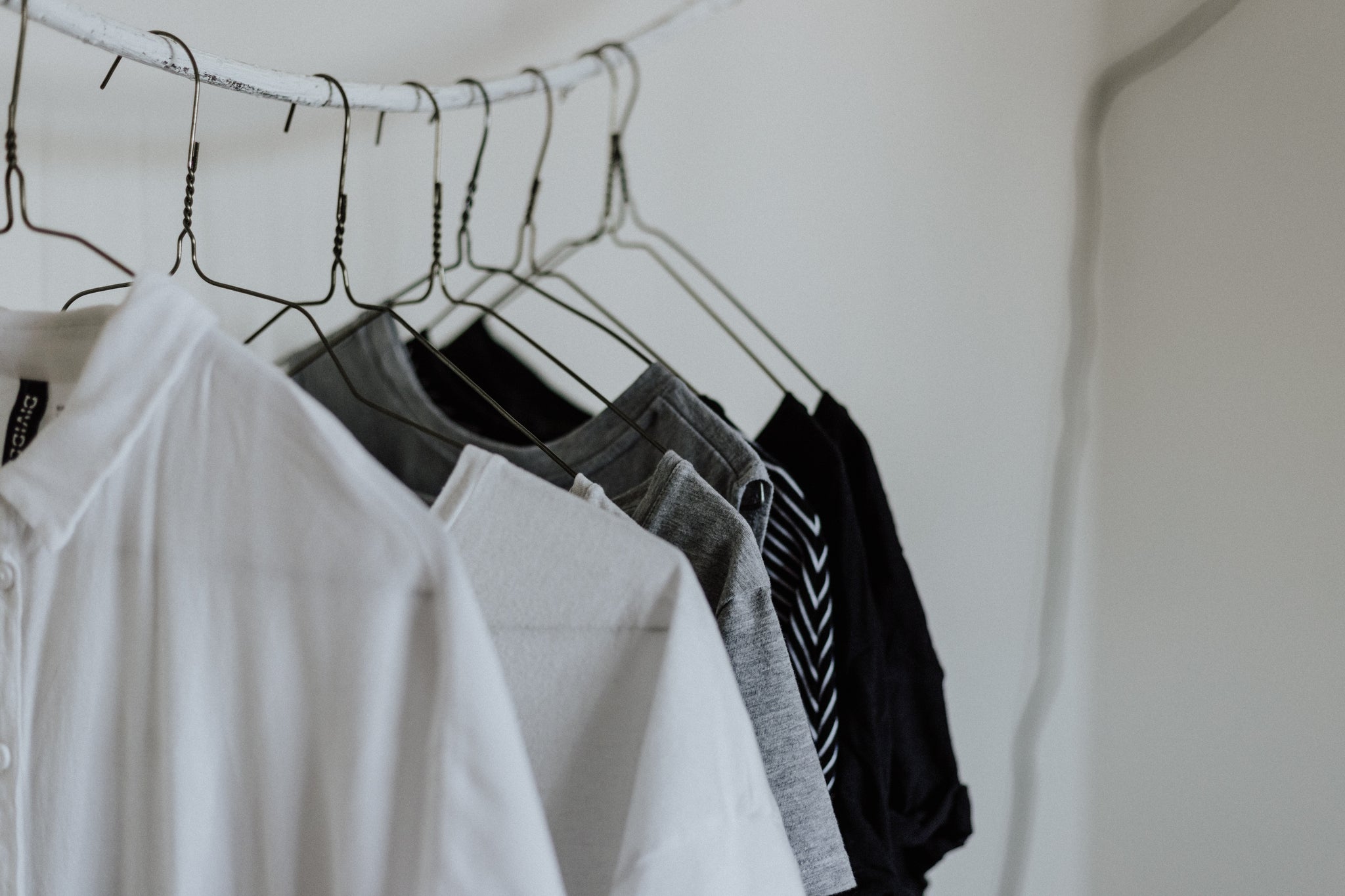
It's funny that around this time every year, many of us get caught up in that back to school spirit. Even if we ourselves aren't going back to school, or have children who are, it still feels like this time of year marks a bit of a transition. Our summer calendar starts to slow down a little, we start thinking about turning leaves and cooler air. Little by little we shift into the beginnings of Autumn.
The tradition of back to school shopping has been around almost as long as modern retail. When you're young, you're still growing, so it makes sense to have an annual wardrobe update because last year's shirts and shoes are a little tight. As an adult, we don't have that reason, and yet we are still drawn in by the pull of newness.
The tradition of updating wardrobes is music to the ears of those at the top of the Fast Fashion regime that has lead many of our textile trends over the past few years. As proponents of Slow Fashion, we hope that influence will soon slide into the background and make way for more sustainable shopping habits.

As an adult, when you find yourself caught up in this time of year, we encourage you to take a beat. Consider the seasonal purchases you're being pushed towards and why. Do you really need them? Are you going through a transition that really necessitates these new pieces? Are they good quality items that will last? Are they timeless colours and styles, or trendy shades and cuts that you are going to find difficult to incorporate into a long-term wardrobe?
Back to school shopping will never cease to be, because kids will keep growing and needing new things. Once you have reached your full grown size though, building a timeless and more permanent wardrobe is a challenge you absolutely should rise to. Collecting pieces that will last, coordinating your wardrobe so that everything can mix and match for a long time, having a closet you are excited to dress from every day. If you're looking to purchase something essential, like a cold-weather top layer, steer clear of that mustard yellow statement jacket that is tough to coordinate, and go for something like navy or black, that can go with everything. We're not saying you can't have any fun with colour or patterns, but be smart about it. Do it with the right pieces.

We have to keep our personal budgets in mind as well. It's not realistic to think we can be dropping hundreds of dollars all at once to build a complete wardrobe. It's much better to save up and build piece by piece over time. It really is an investment. That quality, classic tee that you'll enjoy for years is worth it when you think about how many $10-$15 shirts you'd buy in that time that you'll get tired of or will wear out long before a garment should.
Another obvious benefit is the sustainability angle. The textile industry is really hard on our planet. Those cheap tees that quit on you so quickly? Where are they going? Even if you are donating them, they still aren't going to last long enough to make it past one additional owner. And after that? Did you check their labels? Any kind of polyester, which is essentially plastic, is never going to break down. Meaning, after everyone is done with it, it is going to end up with a final resting place somewhere on the Earth. Yes, sustainable fabrics have a lifespan as well, but they are more durable and more easily recycled into new garments, extending their use. Plus, many of their fibres are bio-degradable! Our landfills are short term solutions to long-term issues, and that term will be up eventually. We have to be more conscious of the impact we are having on them with our clothing. (And with everything!)

photo credit: design to improve life
It can be tough to break the habits we have grown up with. It can also be incredibly impactful and rewarding. Training ourselves out of a constant need for new things will be one of the best things we can do for our homes, our wallets, and our Earth.
from SALT Shop - Journal https://saltshop.ca/blogs/news/school-shift
No comments:
Post a Comment